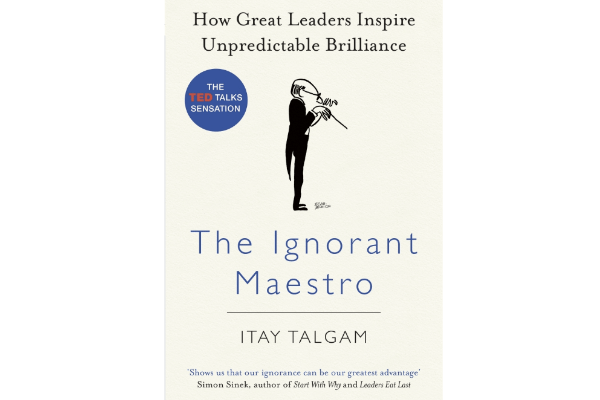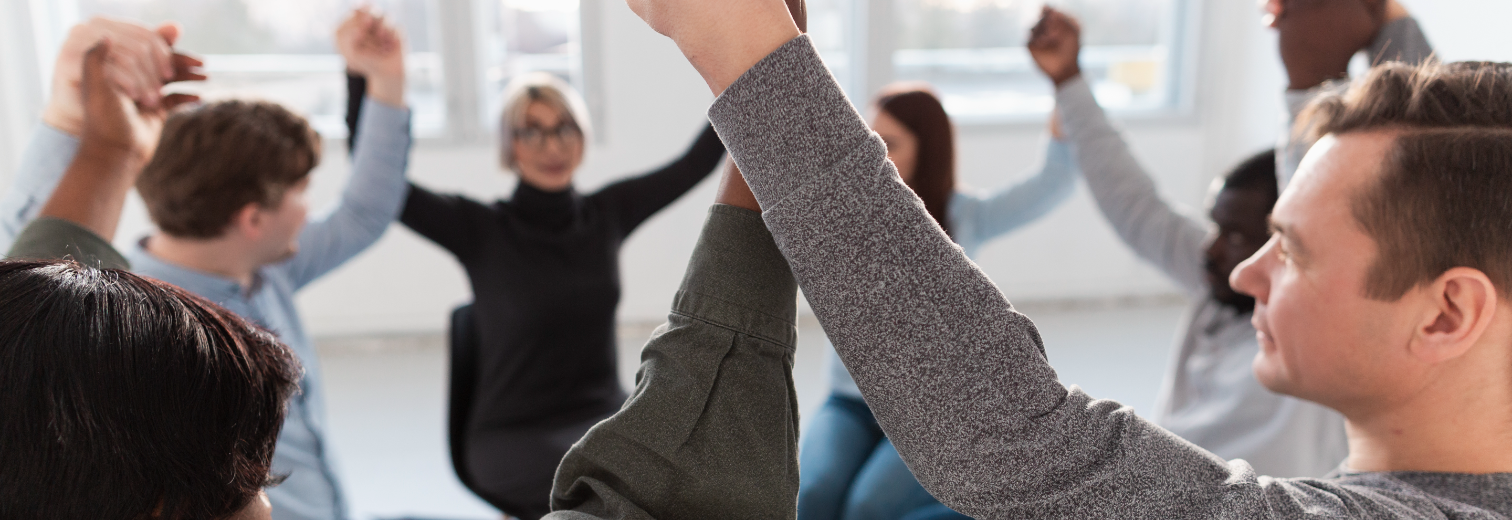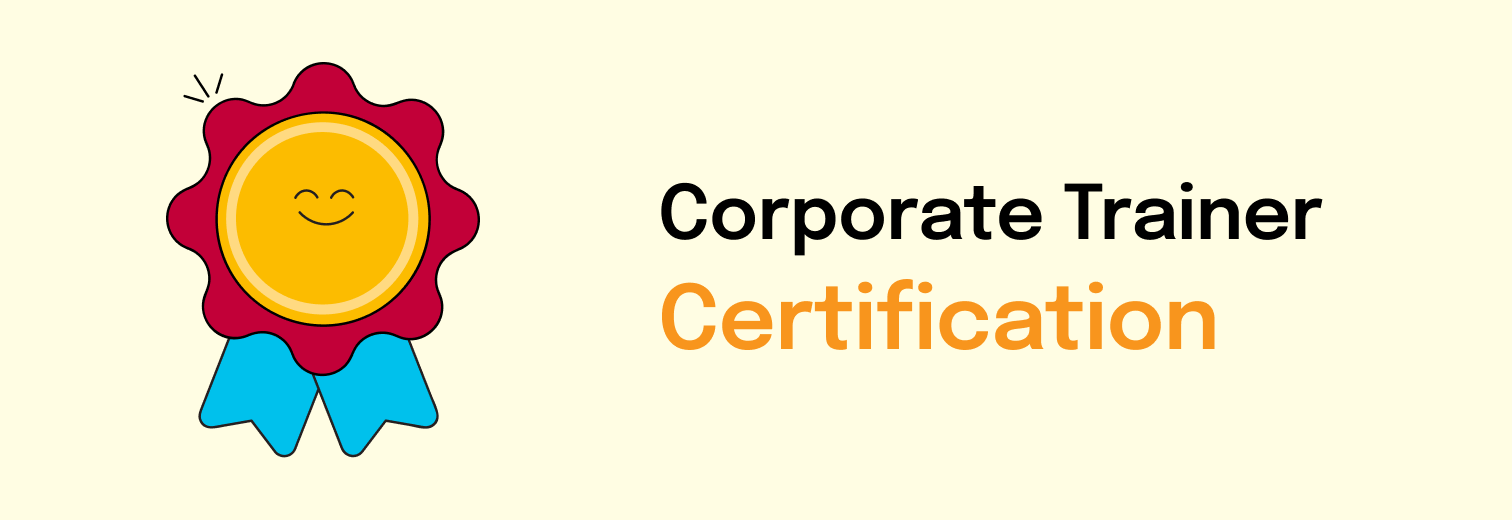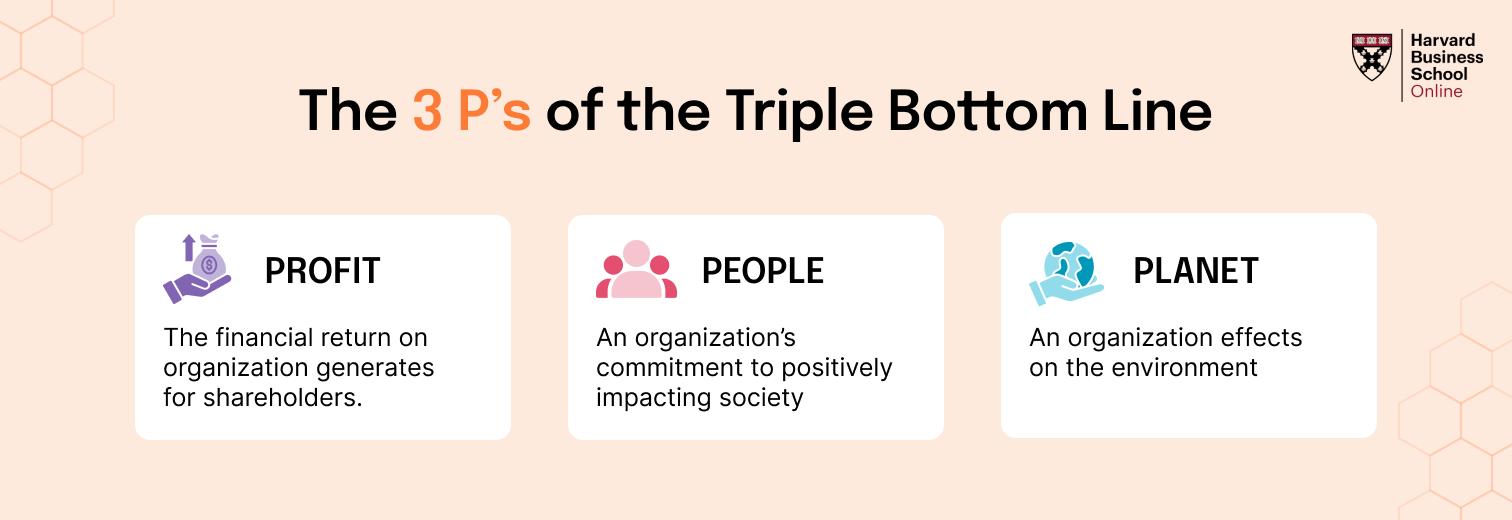User interviews are done with the potential users of a design, product, or process with a specific objective or problem statement in mind. They are used to gather information on users’ thoughts, feelings, emotions, motivations, daily routines, or use or experience various products and services.
But how do you decide when to use ‘user interviews’ as a tool to gather insights as compared to other instruments such as surveys or observations? Consider the following points:
As a tool for exploration:
Table of Contents
It’s advantageous to use user interviews in the exploratory phase of development. What do users express as their main pain points, needs, aspirations, and high points regarding a product, service, or solution? The outcomes of user interviews can provide a base for further research.
Access to Non-Verbal Cues
User interviews enable the researcher to observe nonverbal cues, which, when combined with verbal responses, provide a more holistic view than responses from an online survey. For example, leaning in of the body or spending more time at a specific point could indicate different levels of engagement and enable the researcher to probe further.
Testing an idea/ Prototype
The use of interviews as a tool is not restricted to the exploratory phase. One can use it to capture feedback on an early prototype of an idea as well. As a researcher, if we ask users to ‘speculate’ on a future idea or feature, the insights may not be helpful. Instead, we can have the user interact with a ‘physical version’ of the concept (even if it’s a rough one) and use a structured interview to capture feedback.
Asking Users to Remember
User interviews may include questions that ask the user to ‘remember’ a particular experience. However, human memory is relatively poor, and if the question is not framed well or not probed further, the responses may not uncover accurate insights. In such cases, the use of ‘observation in natural environment’ is preferable. Alternatively, the ‘critical incident technique’ can be used in interviews. The same is explained later in the article.
The above pointers may give you some indications as to when to use ‘user interviews’ as a tool to gather insights.
But once you have decided to use user interviews to gather insights or feedback, how can one execute it effectively? Below is a helpful checklist. We have also provided some examples to guide you.
A. Before the Interview
Prepare your team:
Always have a partner when interviewing. Firstly, conducting the interview becomes more manageable, with one taking notes and the other probing and staying present with the interviewee. Secondly, post the interview, combined reflection can reveal a lot of insights and perspectives.
At the same time, too many team members can overwhelm the users. Decide your team based on the roles that you need. You may even choose to use a recording device, if it suffices the purpose of the interview. Of course, this has to be done with the due consent of the interviewee.
Plan how you will process the data:
In user interviews, a data collection and processing plan are fundamentally non–negotiable. As a design thinker, you would want to know what information you want to collect and, hence, which tools to capture the same (audio, video, notes, etc.). Equally important is that, you think through how you will analyse the data, draw patterns and actionable inputs.
Prepare your Questions:
This will constitute a significant part of your planning. Below are some broad tips:
Avoid closed-ended questions
For example:
Do you like this perfume?
Did you visit our store before?
Instead, ask open-ended questions starting with (What?, When? How?…) like;
What type of fragrances do you prefer?
How often do you get a chance to visit our store?
Avoid Leading questions
For example:
Do you use M-pay of VTM for online payments?
Instead, ask – What online payment options do you prefer using?
Allow your user to share insights instead of you assuming their preferences.
Avoid – How often do you use an Travelmax or Rideit when traveling?
Instead – Which app-based cabs do you find convenient to use?
Use Critical Incident Technique (CIT) when asking for specific experiences.
For example:
- Could you recall a time when you were pleased with the dish you ordered at the restaurant?
- Tell me a time when a last-minute request was honored by the hotel staff.
- Can you share a situation when your car servicing went awry at the service station?
CIT uses follow-up probes to help the user recall further details and uncover more information about the user’s experience.
For instance, in the last question, there could be some follow-up questions:
– What was the service about?
– What made you upset?
– What were your expectations?
Additionally, you would need to decide on the following points based on the objective of the user interview:
– Number of interviewees and how to choose your sample of interviewees
– The time to be allotted for each interview, Being mindful of your user’s time.
– Decide where you conduct the interview – at a specific location, virtually, and the users’ residence. It is essential to have a place that is comfortable for the user and is also free of distractions.
Your planning will determine how you go about executing your user interview. Nonetheless, below are some points you may want to keep in mind during the interview.
B. During the Interview
- Provide a proper introduction
– Provide an introduction to yourself, your team members, and your organization.
– Explain the objective of your interview and how the data will be used.
– Explain the terms of use and data privacy and keep relevant documentation ready.
- Make your interviewee feel at ease
Right from your dressing sense to your body language makes sure your user feels comfortable and relaxed in your presence. A wary user will never share his/her most genuine feelings. Here are some pointers:
– Use a conversation style. Use your ‘structured interview’ but be open to digress with some follow-up questions if required. This will help keep the discussions engaging and fruitful.
– Maintain eye contact and avoid looking into your notes/ phone etc.
– There could be moments of silence during the conversation; let it not bother you. Instead, it helps the interviewee to gather their thoughts and reflect on what they have shared.
– Do not interrupt your interviewees when they are speaking.
Thank your interviewee:
Finally, don’t forget to thank your interviewee at the end of the discussion. In addition, encourage your user to share any thoughts or questions that may surface. Sometimes you gather valuable insights at this juncture.
Also, request the interviewee if it’s ok for you to connect with them in the future if need be.
Having done with the interview, what could be your next plan of action? Take a look at the following tips.
C. After the interview
There would be a lot of data and observations to process after conducting your user interviews. You may also have data from other tools such as surveys and observation exercises.
At this point, the most crucial task is to organize the observations using an Affinity Diagram. Simply defined, Affinity Diagrams help Design Thinkers to group the data based on specific themes and patterns. It makes it easier to identify patterns and draw insights. Check our ‘Further Reading’ section below to know more about Affinity Diagrams.
With this comprehensive checklist, we hope you feel more equipped to plan your user interviews for Design Thinking.










